Looking for the best guide on how to grow cotton? This is the place to be. Therefore, we provide you with a lot of information that helps you to handle this crop right from the seeds until it is ready to harvest.
As we know, cotton is an essential crop. People use it as the main material of many things like clothing, rope, paper, coffee filters, and more.
These days, hand-growing cotton is quite popular. It becomes a self-sufficient style, a way to learn the ancient craft, or just simply make money.
Furthermore, cotton comes from Malvaceae or the mallows which is the flowering plant family. It is in the same species as okra, hollyhocks, and hibiscus.
You may know the puffy cotton balls. It actually has a beautiful flower in a lovely shade of pink color.
This type of crop is quite labor-intensive. It needs a lot of care. When growing cotton in your own backyard or garden, you probably will not make jeans or a t-shirt from the material you harvest.
Just use the cotton to make yarn for yourself or sell it at a nearby market.
In this article, there will be a lot of information about cotton and how to deal with it.
What is Cotton Bolls?
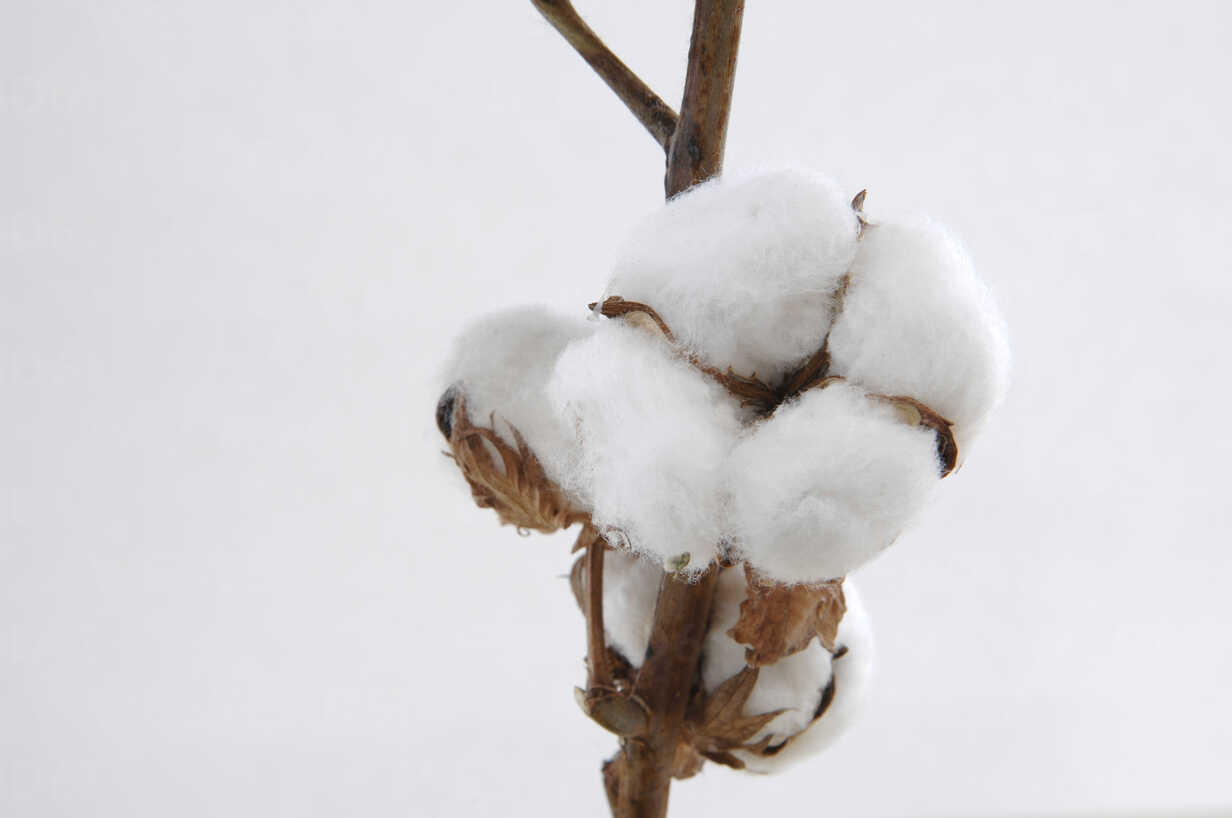
Well, many people often say it as cotton balls when it is actually bolls. Indeed, they are the seed pod of the plant.
The cotton bools are attached to the wispy thread. When the boll opens, you will see them airborne. Hence, it is a process of dispersing offspring to another location.
Moreover, some people might be wondering whether it is legal to grow cotton by yourself or not.
Well, many states have prohibited growing it to control the cotton boll weevil spread. Here are the states that have such kind of rules:
- Missouri
- New Mexico
- Mississippi
- Arkansas
- Alabama
- California
- Florida
- Georgia
- Kansas
- Arizona
- Louisiana
- North Carolina
- Oklahoma
- Texas
- Virginia
- Tenessee
If you are currently living in those states, you may ask for some detailed information about the restriction. Also, some of the states would allow you to grow cotton with several requirements.
The Varieties of Cotton
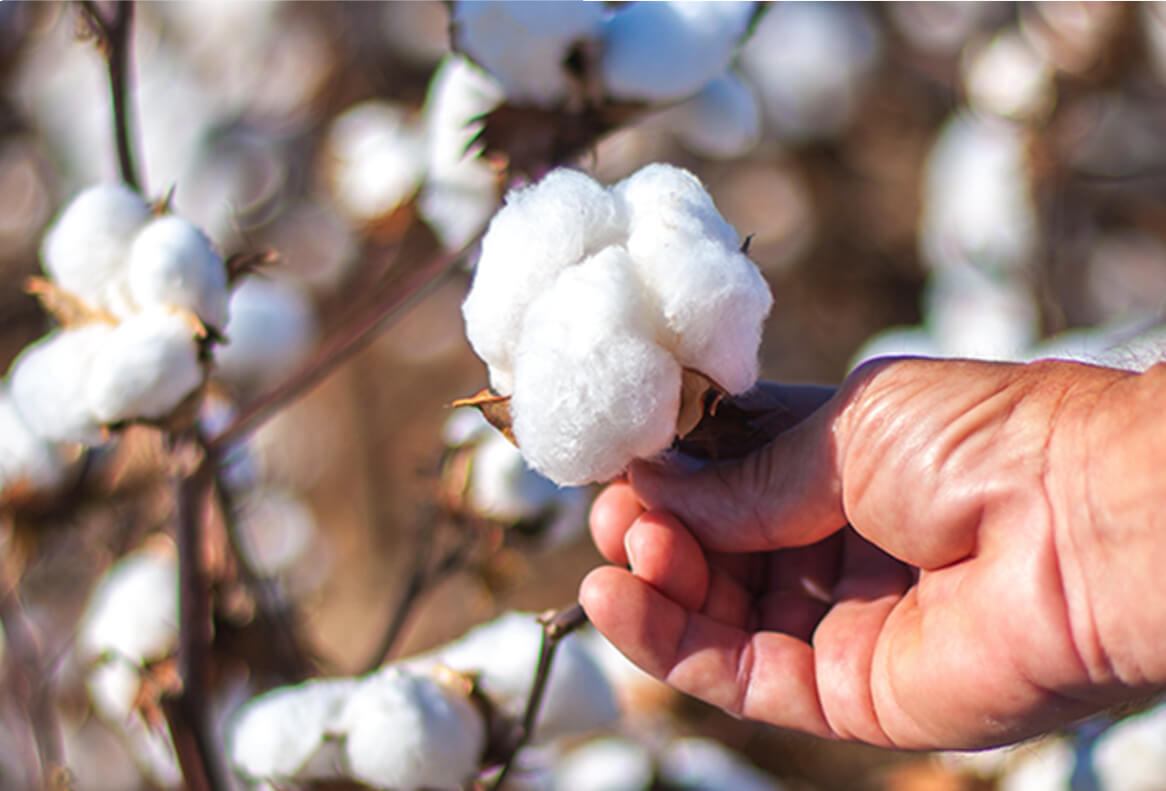
There are several types of cotton that we can grow. Actually, it comes in various colors.
The one we always know is white cotton which is the standard for commercial uses. Then, to get the right shade, the material is often bleached.
In the past, you could find cotton bools in brown, pink, green, yellow, blue, or pink. Many people grew those varieties for their own personal use.
That was because many people, especially the slaves or poor, were not allowed to grow the white one.
Additionally, the reason why colored cotton today is not that easy to find because of the shorter plant fiber that it may have.
Therefore, the process of spinning and dying would be a lot harder. Even though colored cotton is hard to find, it does not mean that there is no such thing in the world. Indeed, a few stores still sell this variety.
Arkansas Green Lint Cotton
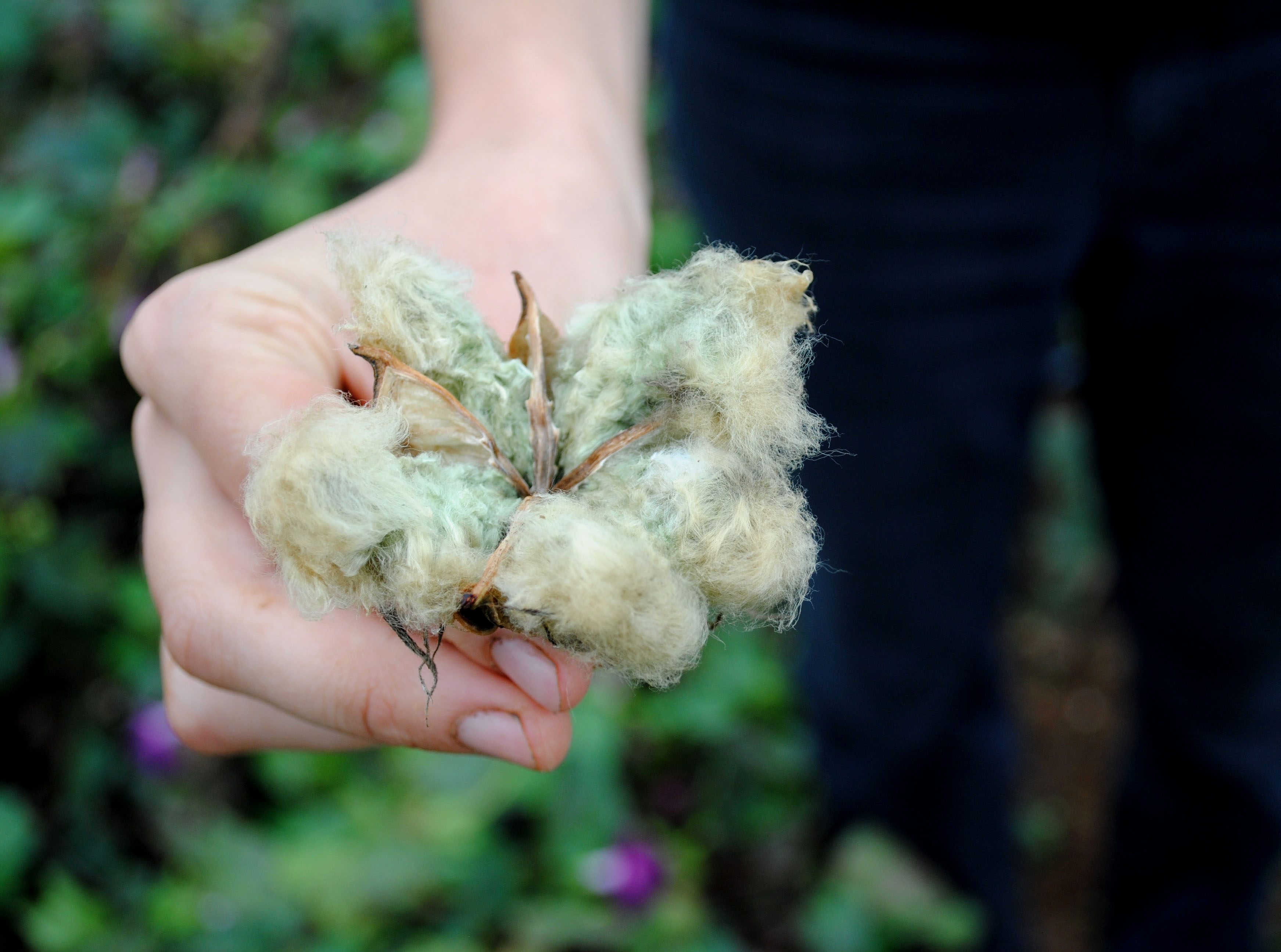
This one has yellow-pink flowers that would make a beautiful bouquet. Likewise, it comes with light green cotton with short fibers. You will need about 135 days to be ready to harvest.
Mississippi Brown Cotton
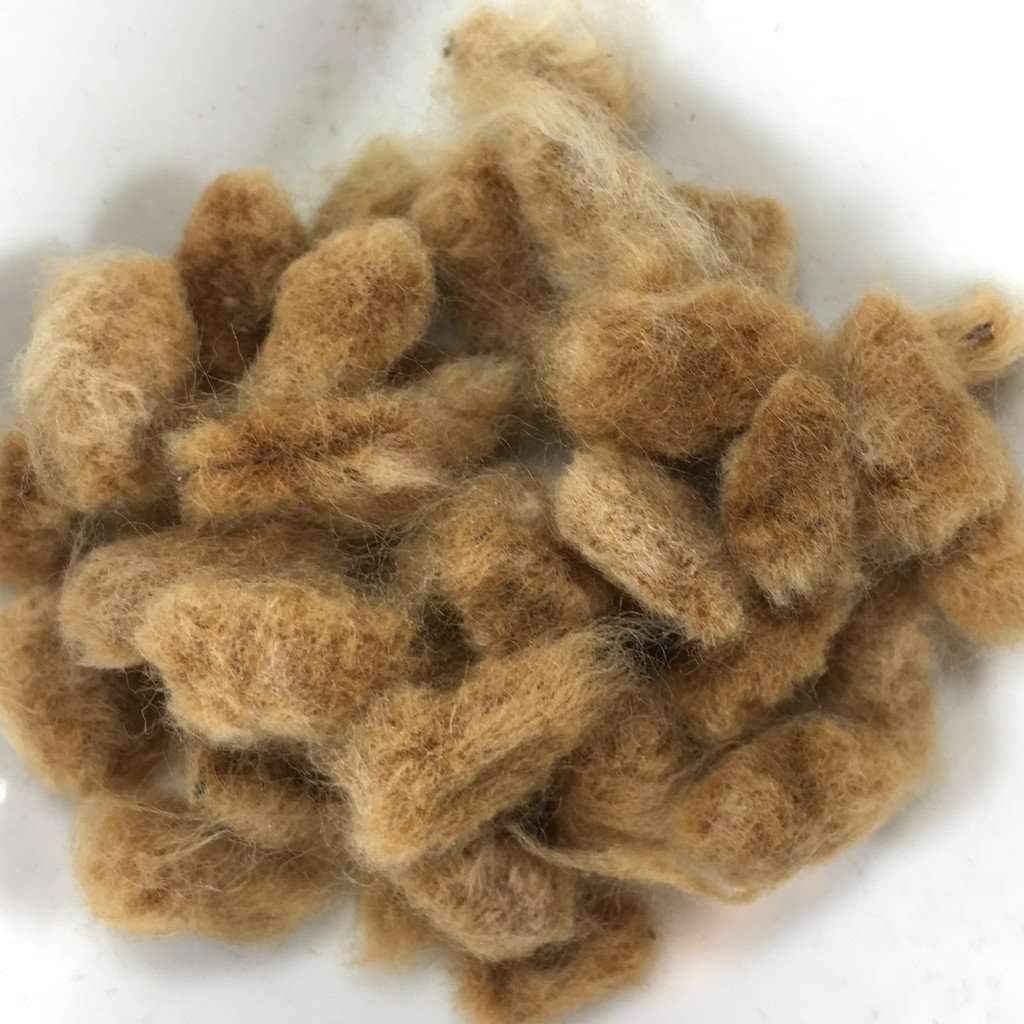
It is some that make history come alive. This is the cultivar that was once favored by slaves in order to make a yarn.
The plants of Mississippi brown cotton would grow up to 5 feet tall. Also, they can tolerate drought in extreme conditions. It needs 130 days to reach maturity.
Erlene’s Green Cotton
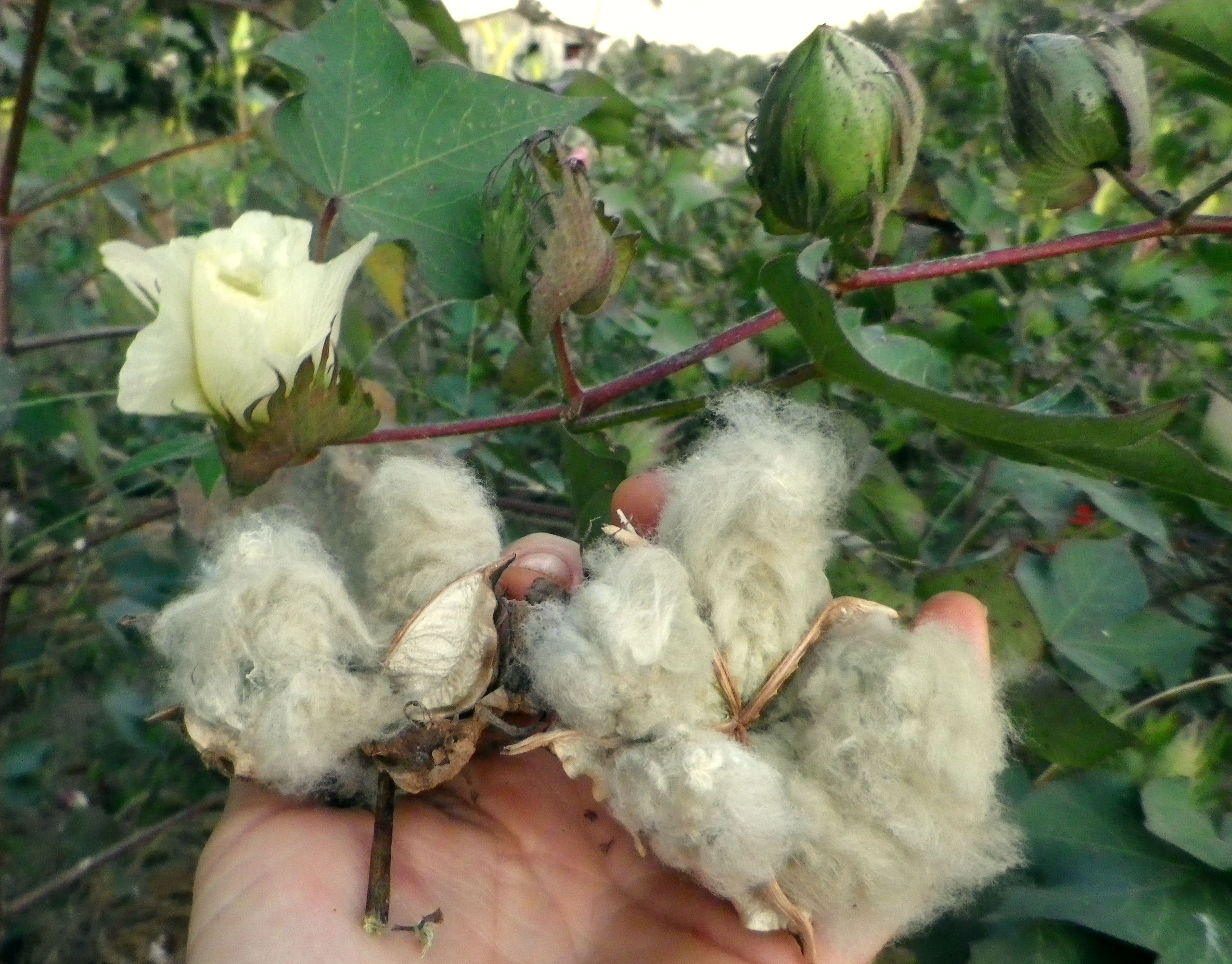
It is popular for its ease of spinning. The cotton will become more yellowish-green after the washing. In addition, the five-foot-high plant would take about 130 days to grow.
Red Foliated White Cotton
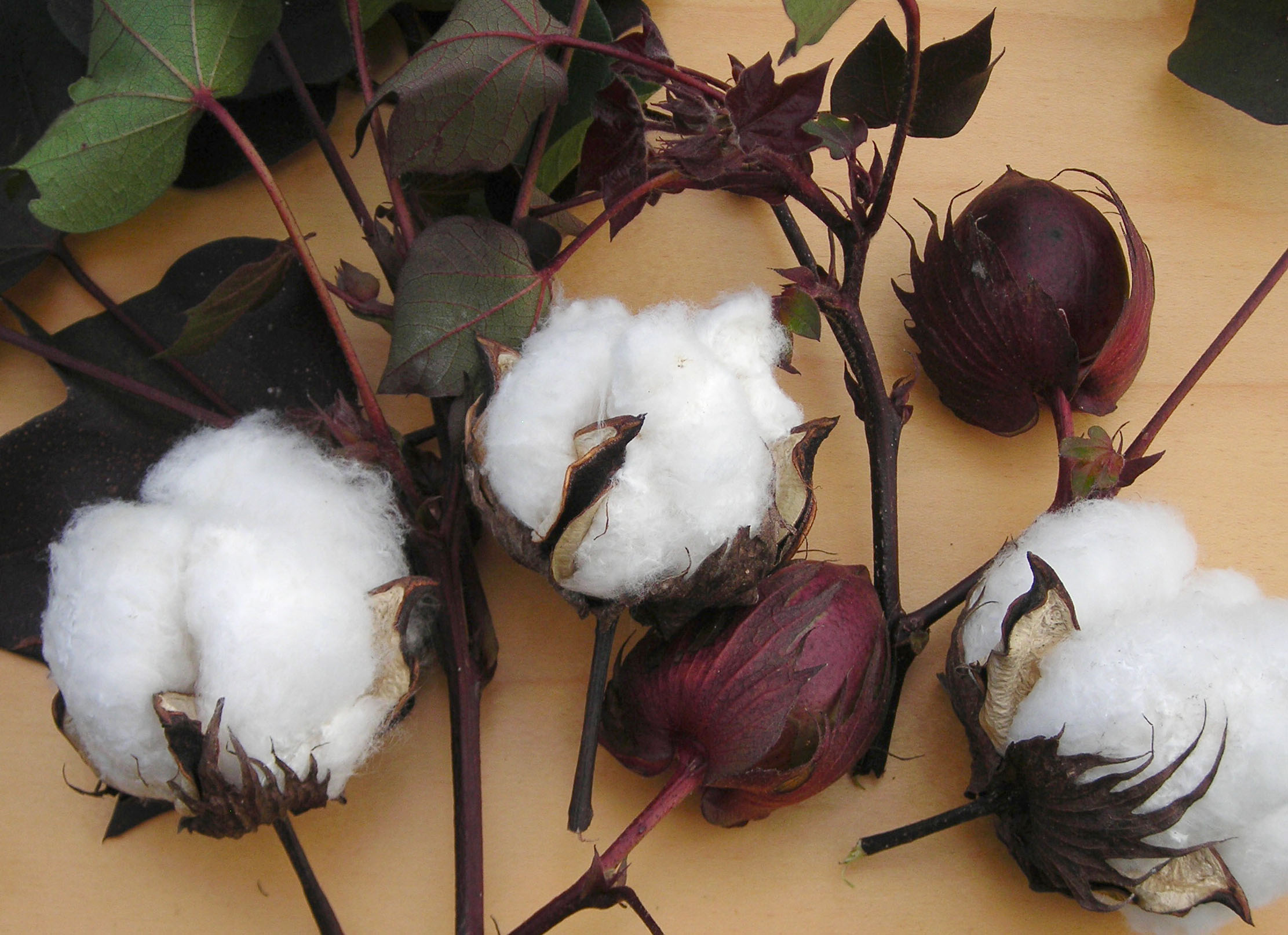
It is such a recommended type of cotton plant to choose when you grow this variety in a flower bed and containers.
The striking red leaves and stems would give you a nice yellow and white flower. However, this type grows a bit smaller than the previous ones. It produces white cotton that is bright naturally.
Nankeen Cotton
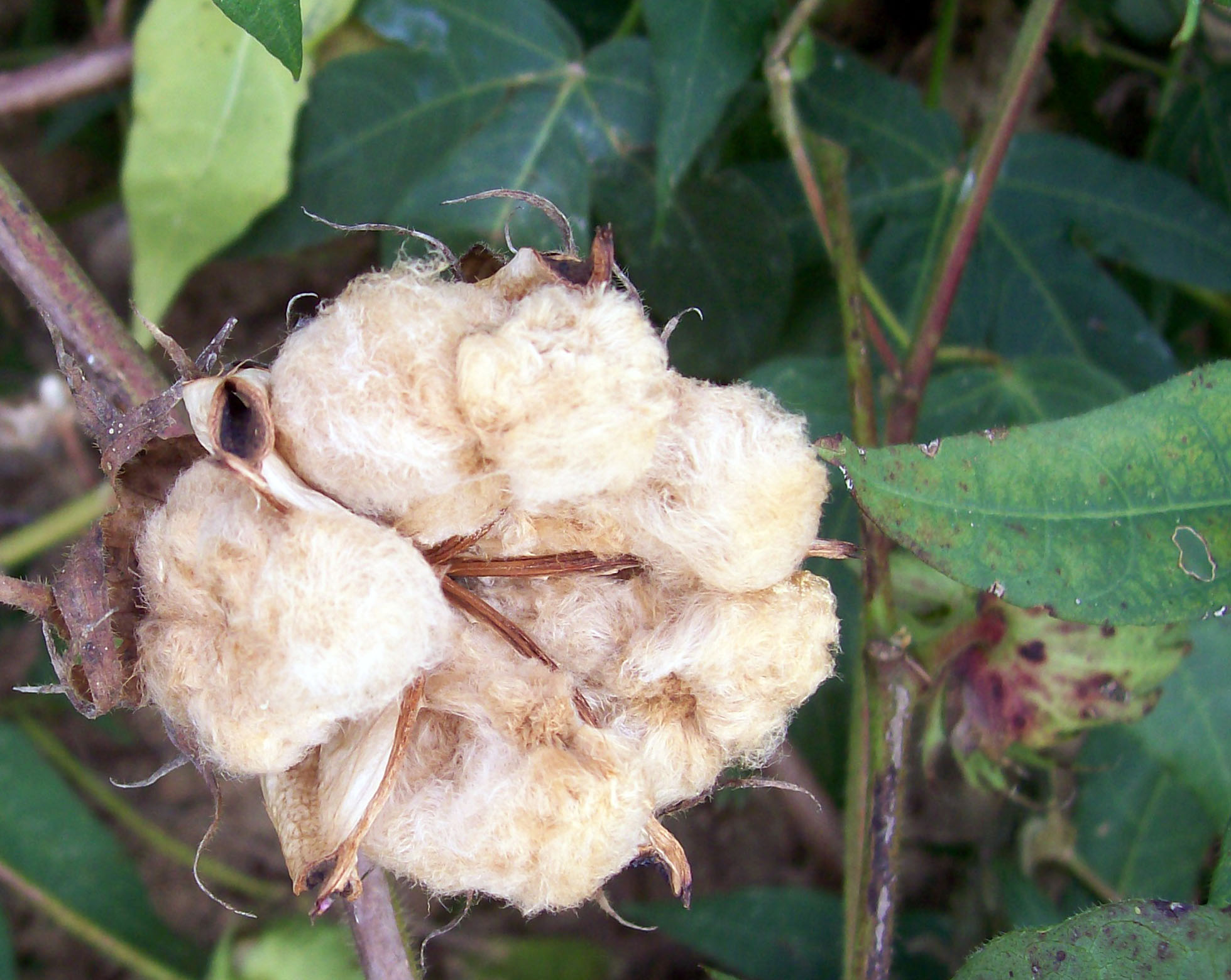
This is the king of heirloom cotton which the plant has a natural brown color. The variety is insect resistant that has copper lint after washing.
Moreover, it can handle growing in poor condition of soil.
Egyptian Cotton
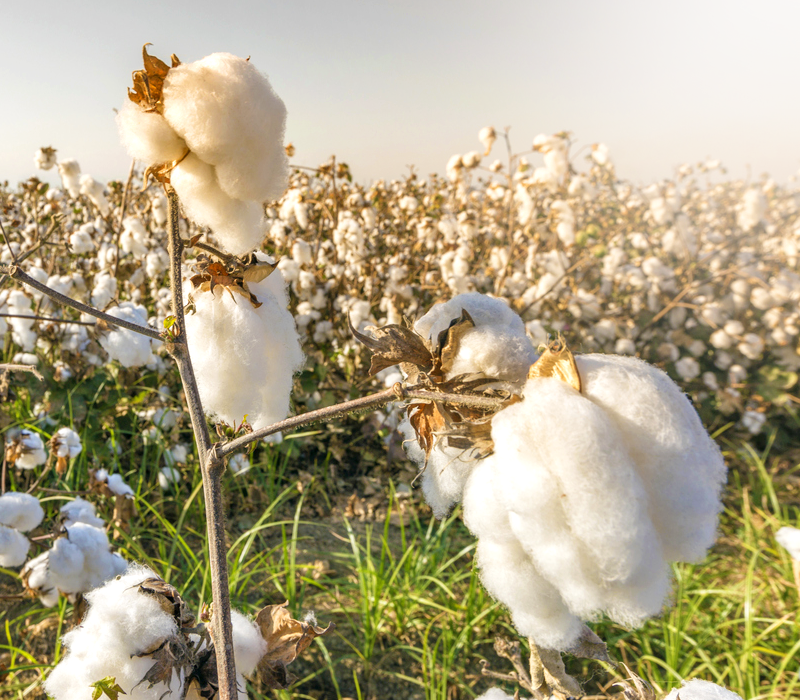
This cotton variety is quite new in the family. People use this Egyptian Fine in modern commercial crops. Usually, they are used to make fabrics and sheets since it has a white long fine fiber.
Furthermore, it would take up to 155 days to mature.
Planting Cotton
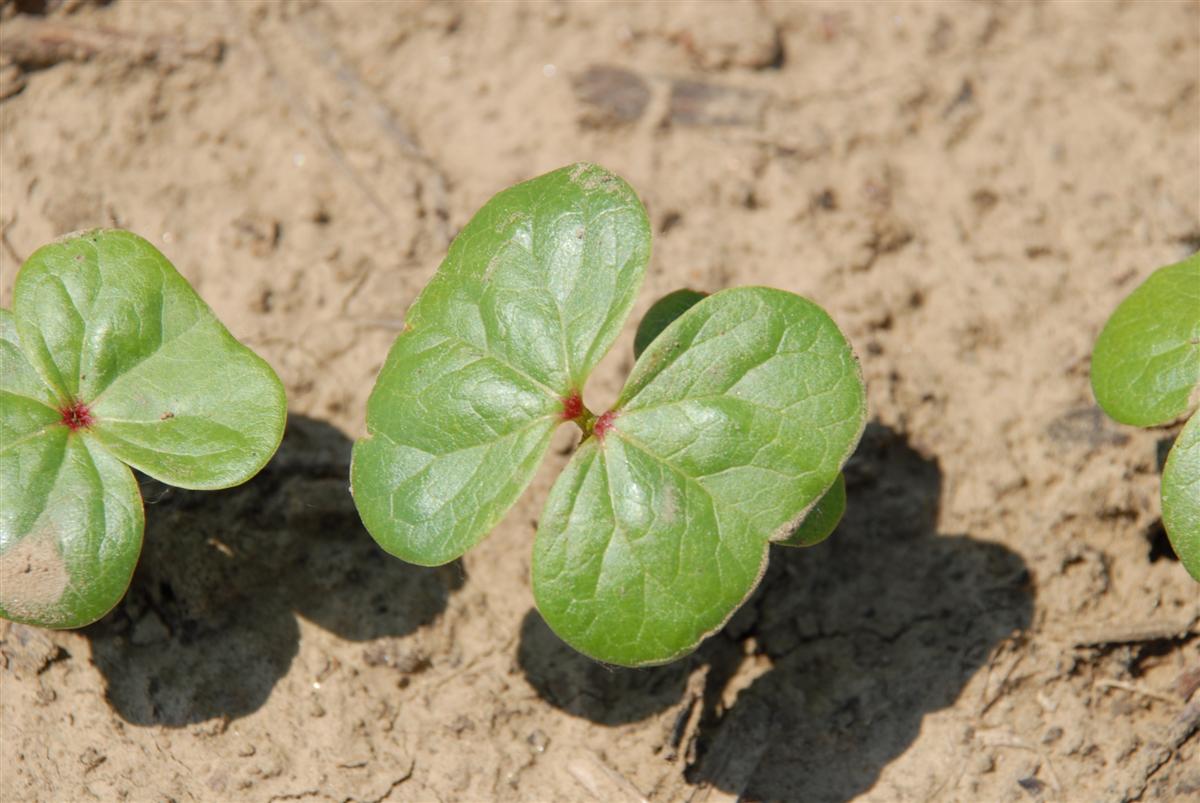
You should consider some essential things to achieve successful growing cotton. The following factors are some of them.
Sowing Cotton

For those who live in zones 8 to 10, you can sow the cotton right in the ground. Otherwise, in zones 5 to 7, people should treat it just like the tomato plants.
Seed the cotton from the inside in a mixture of the seedling. The condition of the area should be warm.
Further, the plant has to get lighted about 6 weeks before the last frost. It has to be 2 seeds per peat cup.
Plant them 1 inch deep in the soil. Then, you may need to thin seeds to 1 a pot. They will germinate best in 75-80 degrees Fahrenheit of temperature.
You may need to wait about 2 weeks for the germination process. So, be patient.
Soil & Sun Requirements
For the soil, cotton grows better on loose earth. Some varieties will also grow in drier and compact ones.
However, you do not have to worry about this one since cotton can handle many types of soil conditions such as loamy, clay, and sandy.
How about the sun and light? In order to be productive, cotton trees need full sun. So, make sure you give them the right spot in your garden.
Growing Cotton in Containers
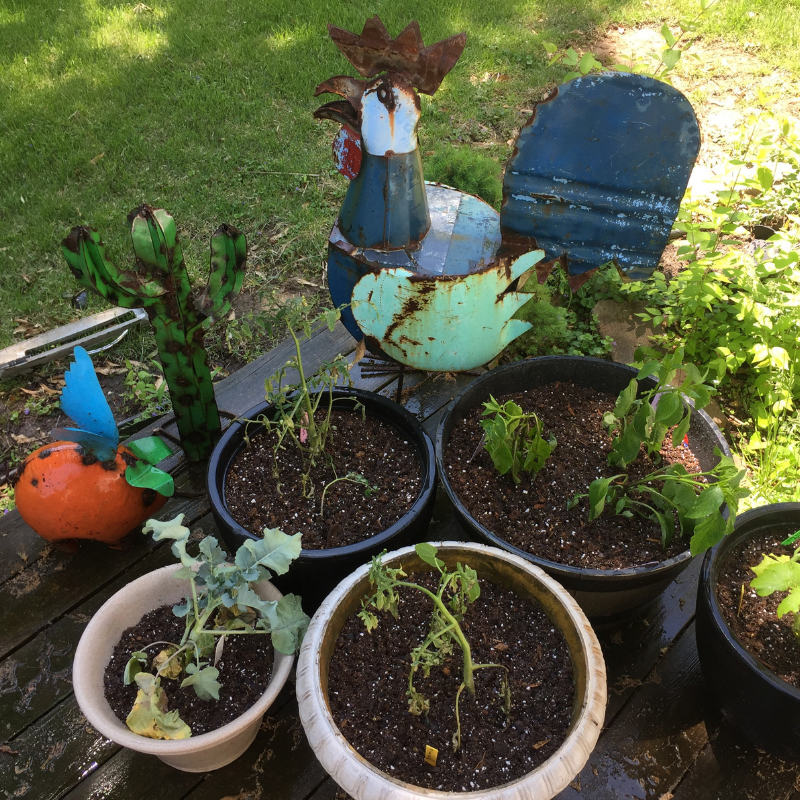
There is always a choice to grow the plants in containers. Indeed, cotton does well indoors as a houseplant.
Instead of full sun, you just need to give them supplemental light inside the house. So, they can still be productive.
For growing outdoor, the cotton would need a larger pot. It has to be in a size that people often use to grow a tree.
Cotton Plant Spacing
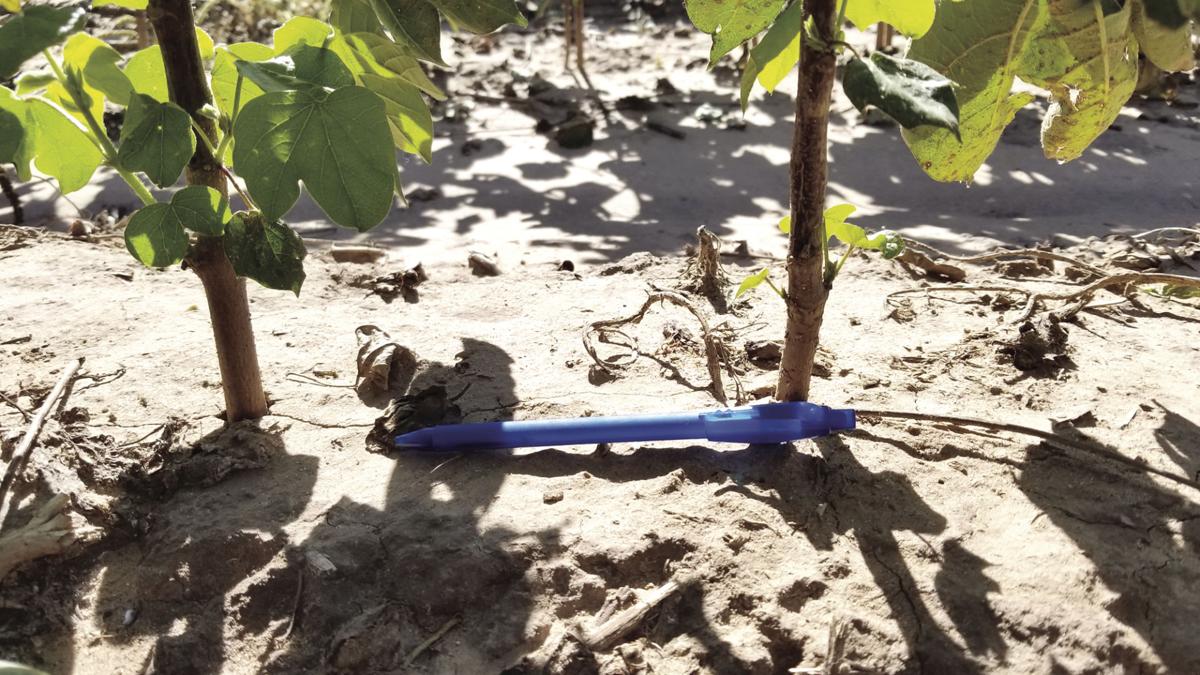
Besides, planting the cotton right in the soil the ground can also be an option to go with. It is a natural way to grow cotton.
If your garden can manage it, consider the spacing. Then, you have to plant the cotton seeds about 4 inches apart.
The rows should be about thirty inches for space in between the cotton seeds. Therefore, you can grow this variety easily in a small garden because it is a self-pollinating plant.
Tips of How to Grow Cotton
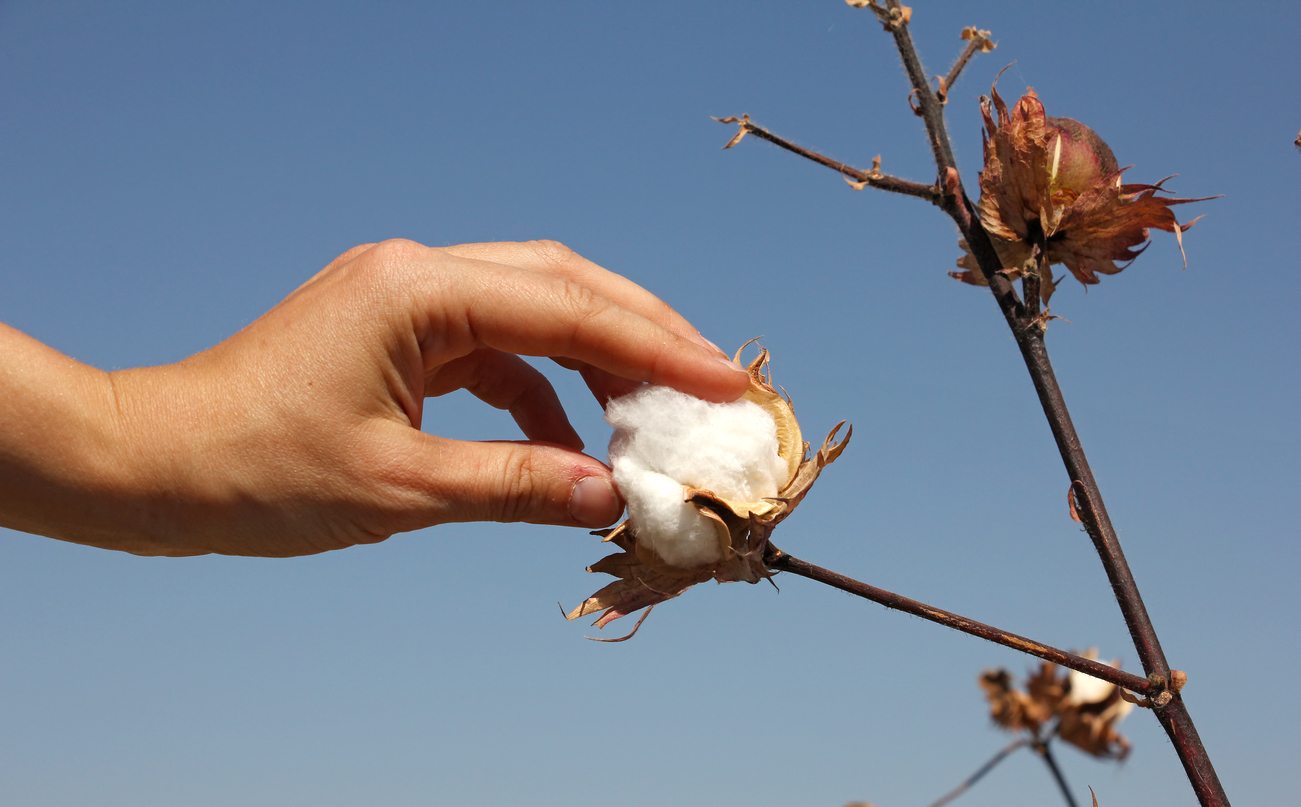
Here are a few tips you need to know to grow cotton in your garden.
- Purchase the fresh and carefully selected cotton seeds in good quality.
- Prepare the field or containers to be ready for the seeds and germination process.
- During spring, do sowing of cotton seeds.
- Apply Fertilization, Irrigation, and Pest Control to make sure you will get a good yield.
- During the autumn season, it is time to do a cotton harvest.
- Immediately after harvesting, destroy all the plants to make them ready for sowing again for the next set of seeds.
Cotton Plants Care

Watering
The mission here is to keep the plants moist but not wet. Do not give too much water. It is like an invitation to diseases. Further, watering is very important especially during the development of the boll.
Fertilizing
This one is a must in a guide of how to grow cotton because it provides what the plants need.
Cotton needs a lot of potash and nitrogen because it is a heavy feeder. Besides, you can go with an organic fertilizer like fish emulsion.
Also, the fertilization product that is made for the tomato plant is great for growing cotton.
Mulching
Mulching is also a quite important step for growing a cotton plant. Thus, it really gets the benefits from mulch.
The most recommended one is straw because it can retain moisture while allowing air circulation.
Problems and Solutions to Growing Cotton
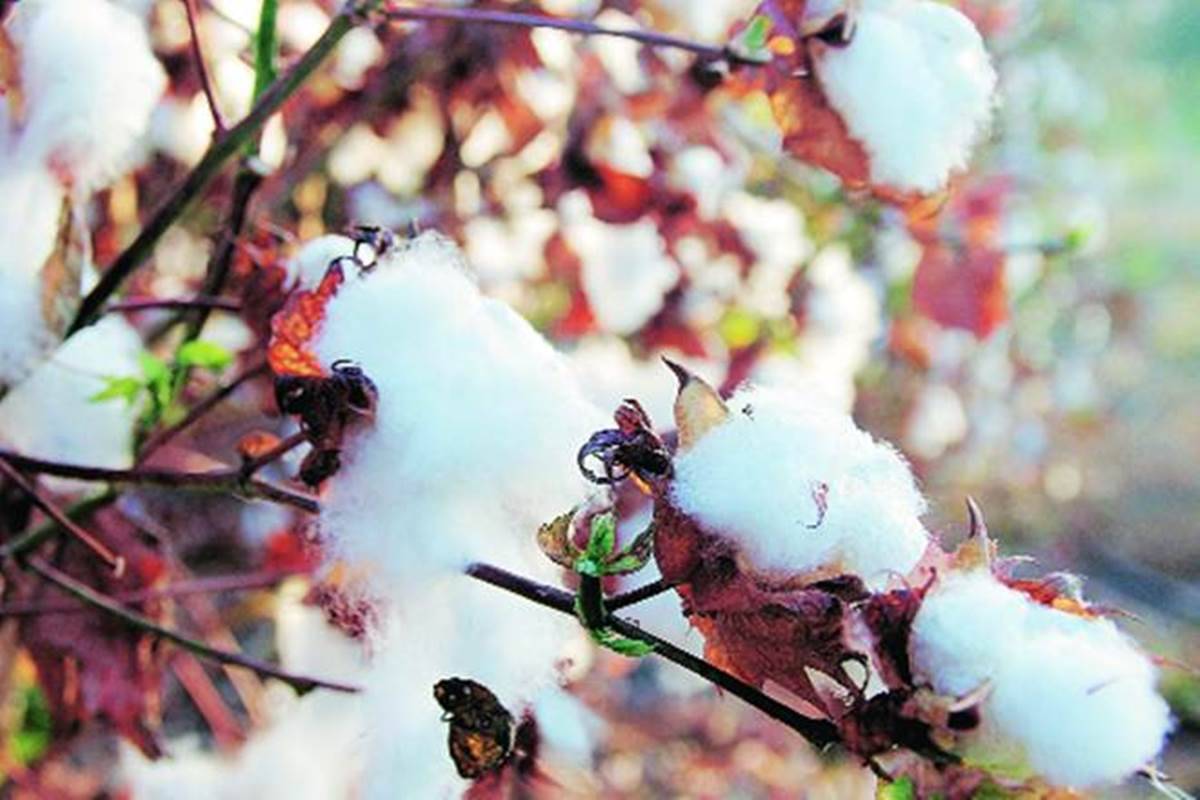
Many factors may influence growing cotton such as pest attack. These are some of the pests and the way how to solve the problems.
Boll Weevil or Bollworm
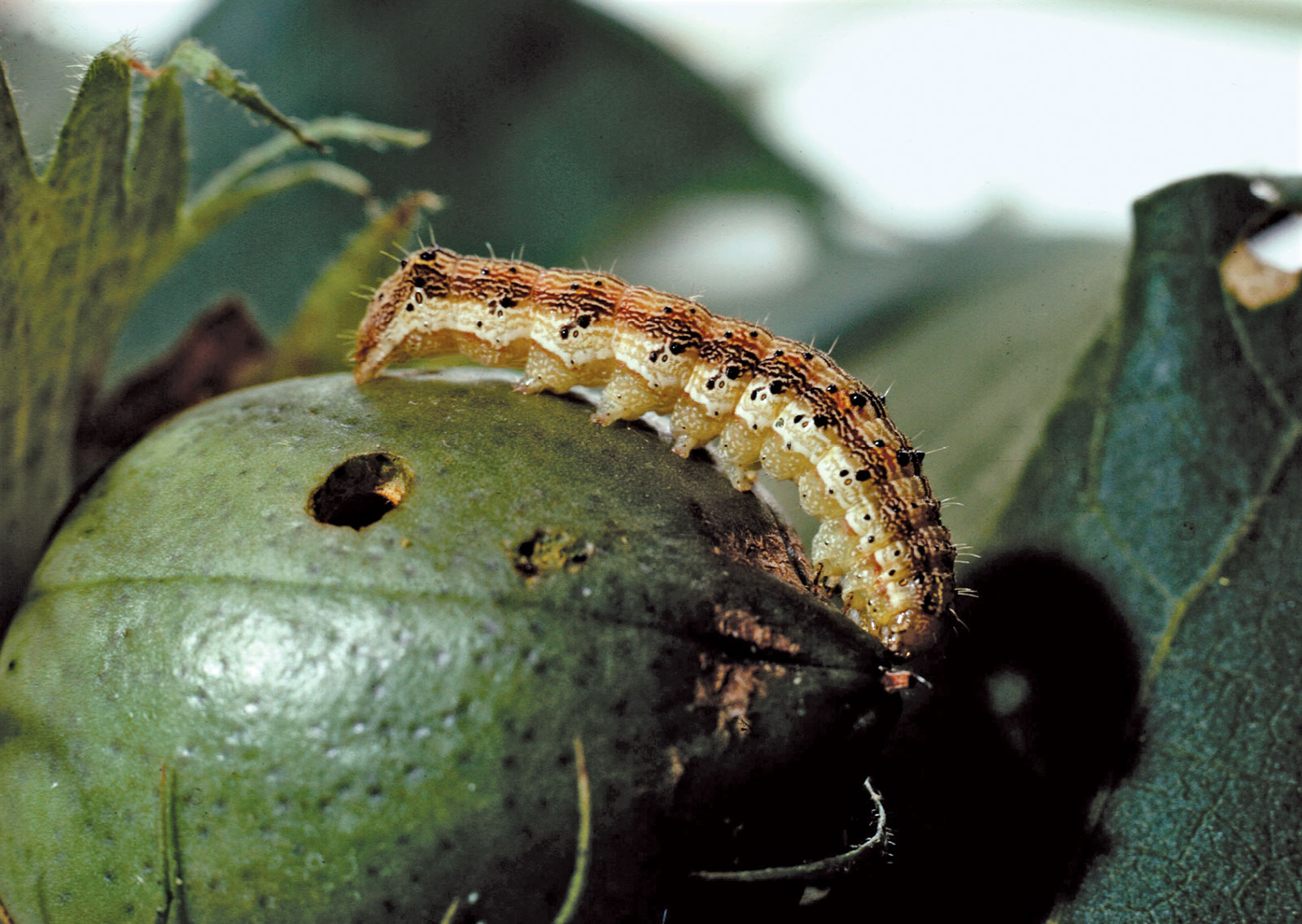
This pest is the primary one for the cotton tree. Boll Weevil is the reason why many states forbid planting cotton on their own.
Boll Weevil feeds on the flowers and buds of the cotton plant. During the adult stage, they overwinter in fields.
Then, they would emerge at the end of the spring seasons to begin another life cycle by laying the eggs. The natural predators of this beetle are birds, spiders, and wasps.
Moreover, the effort to eradicate boll weevil is by using sustainable controls like plowing and exposing eggs during the winter season.
Armyworm
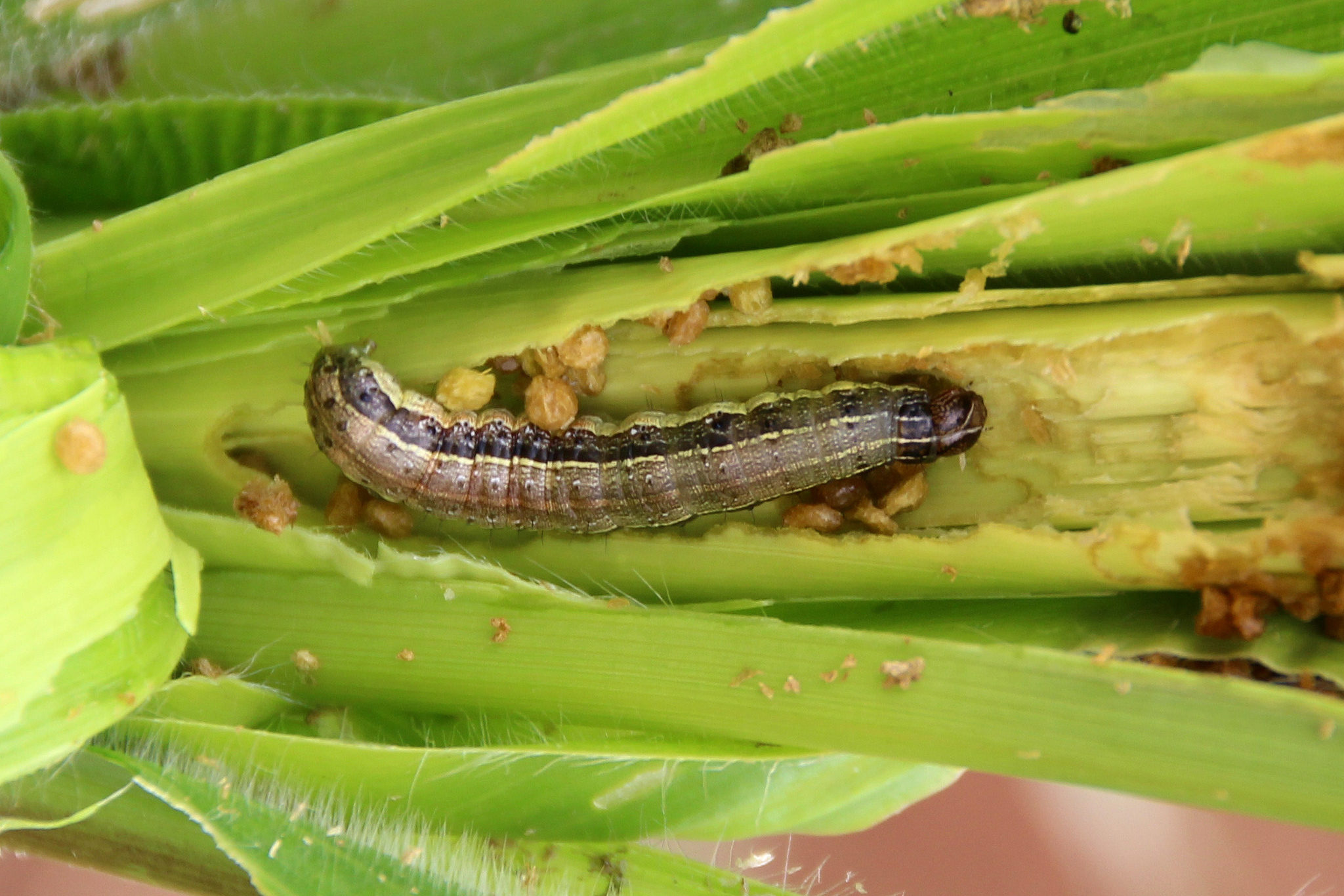
This pest was not really a major problem in your garden until these days. There are some increasing cases of armyworms in some states in the south.
According to some sources, many new species of cotton plants are resistant to this pest.
That is what makes armyworms a less disturbing problem. The biggest challenge to deal with this pest is its similarities with bollworm.
You have to confirm by indicating the infestation. You can get rid of this problem by applying a mixture of pyrethroid and Diamond.
Cutworms
It is a larva of gray and brown moths. Cutworms become a big problem because they nibble the plants right from the base.
For a small garden, you can just make some cotton collars to prevent cutworms from devouring your cotton plants.
Also, sprinkle cornmeal or bran meal around the plants. Make a path away from the stem with the sprinkles.
The cutworms would eventually eat the meal and die. Thereupon, it is important to remove all the debris from the plant and cultivate the soil at the season’s end.
Aphids
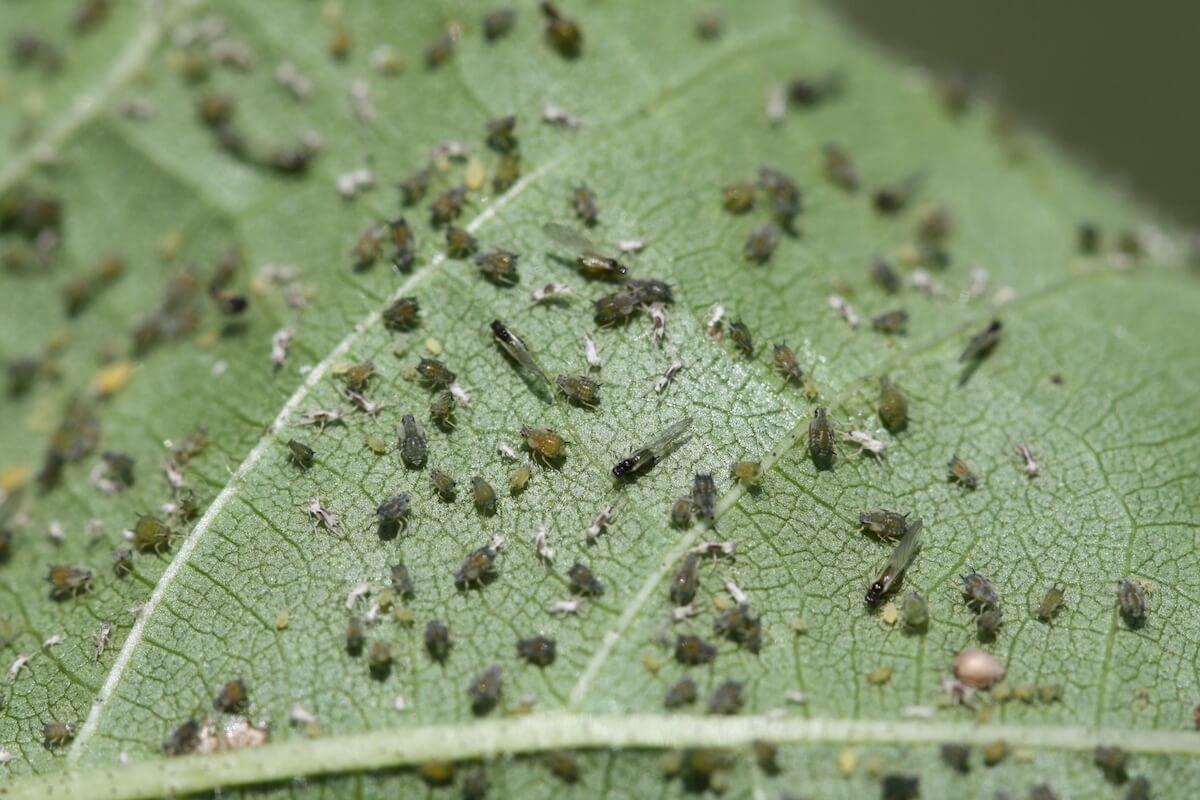
Aphids are like the pest of all plants. This tiny insect will attach many kinds of plants including cotton tree. Hence, it sucks the life out of the plant and stunts its growth.
However, it is easy to get rid of aphids. Just spray them with water. Then, apply neem oil to prevent them from coming back.
Slugs
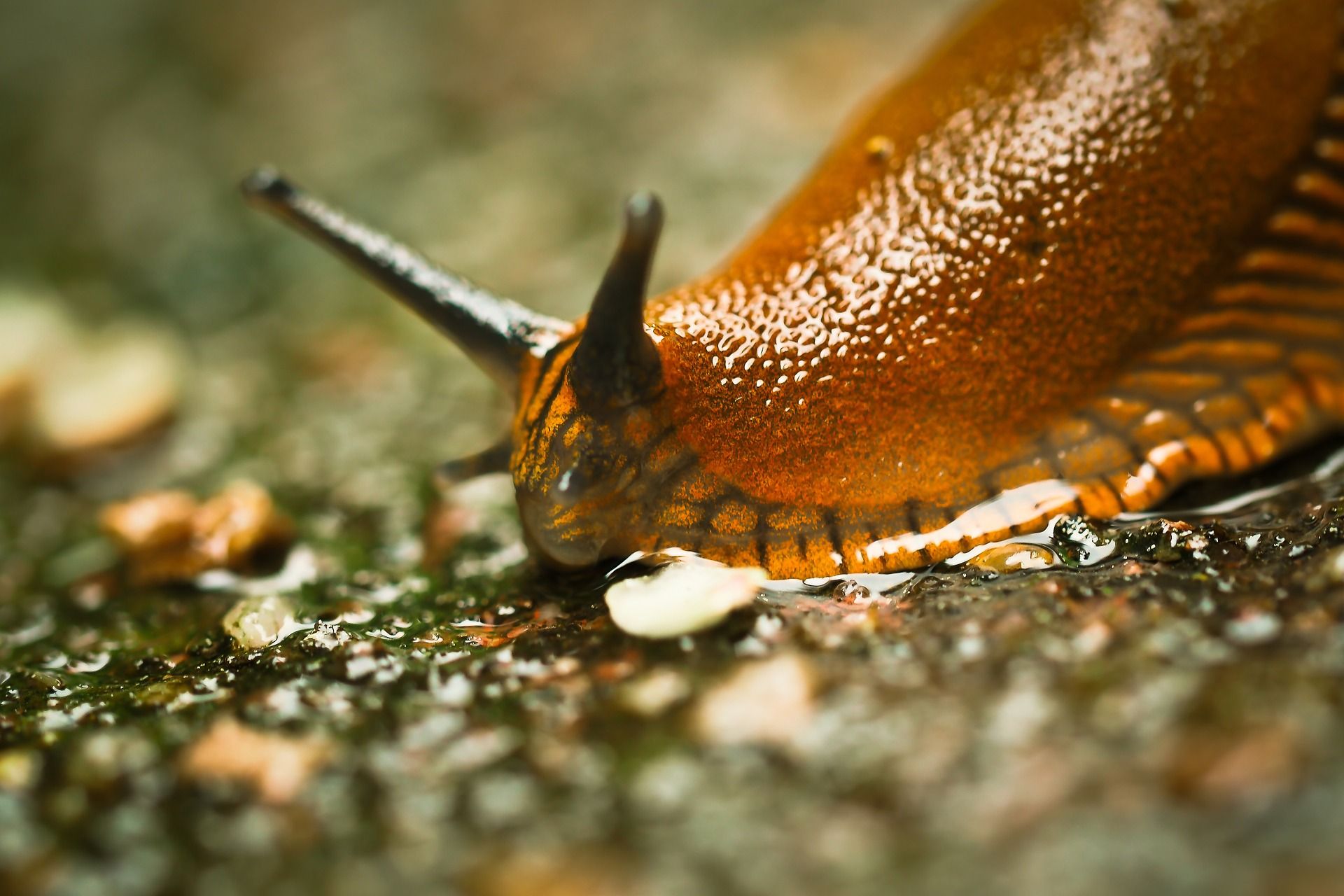
Planting cotton in moist areas? Get ready to face the slugs. This pest likes to hide in the mulch in the daytime.
Then, they will come out to feed the leaves during nighttime. The good news is that this problem is easy to deal with.
After that, just handpick them and throw them away into soapy water in a container. Or, you can toss them to your chickens. Besides, use an organic pest control called Sluggo to deal with slugs.
How about a home remedy? You can prepare a beer in a saucer. Then, bury it to the ground level. The slugs would get trapped inside and die.
Fusarium Wilt
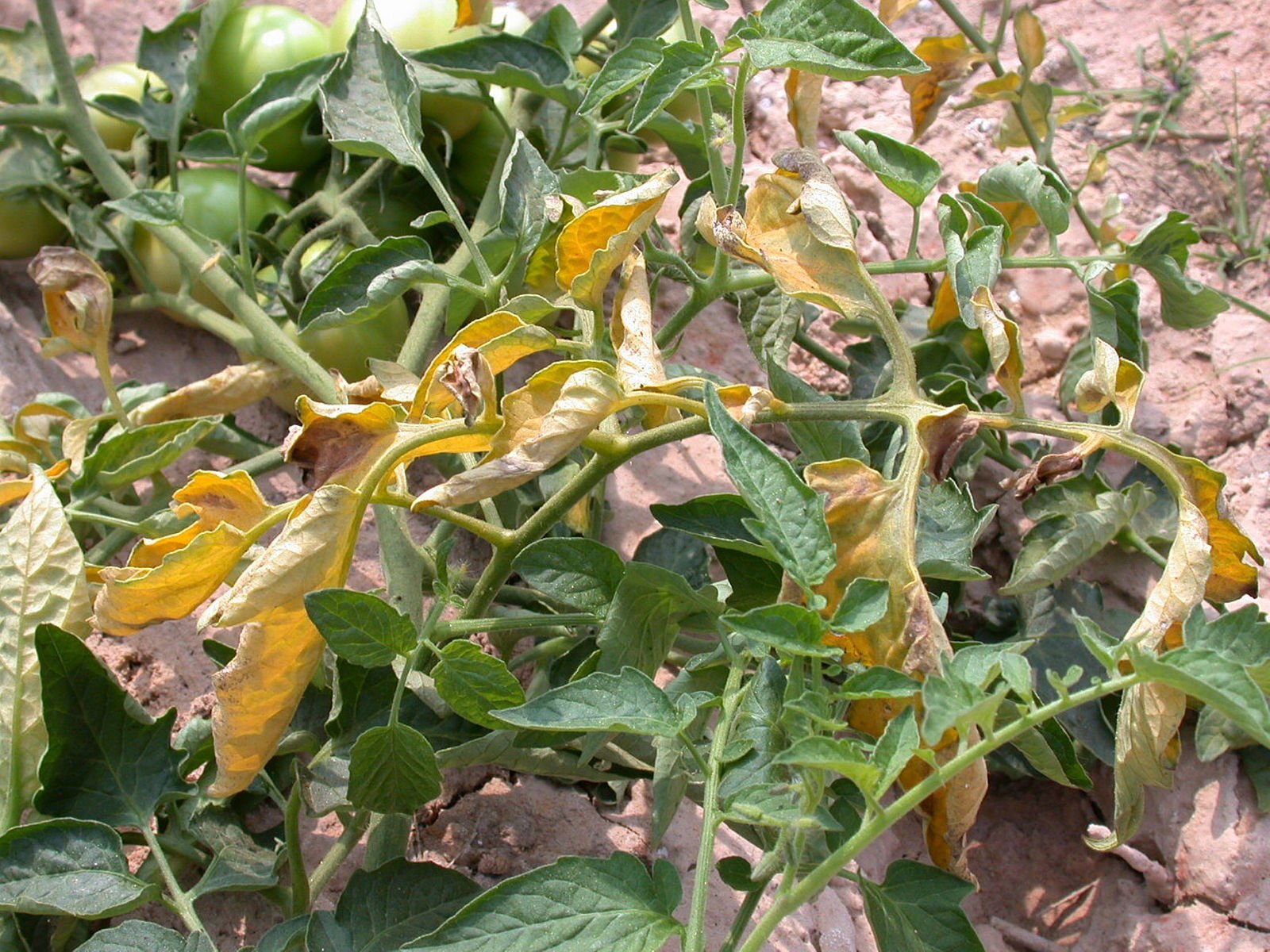
Fusarium Wilt is one of the main problems for tomato plants. Cotton is also susceptible to this disease. It attracts the plant right from the roots of the growing ones.
After that, Fusarium will begin to spread all over the trees and make it wilt.
Furthermore, when you see any symptoms of Fusarium Wilt, you have to destroy or remove the plants immediately. Do not forget to use sterilized tools.
Bacterial Blight
This problem is also known as the Angular Leaf Spot which is caused by water-soaked lesions. It is actually a bacterium that can increase in size gradually.
The resistant cultivars for these diseases are available on the market. Therefore, make sure to rotate the crops.
Alternia and Stemphylium Leaf Spot
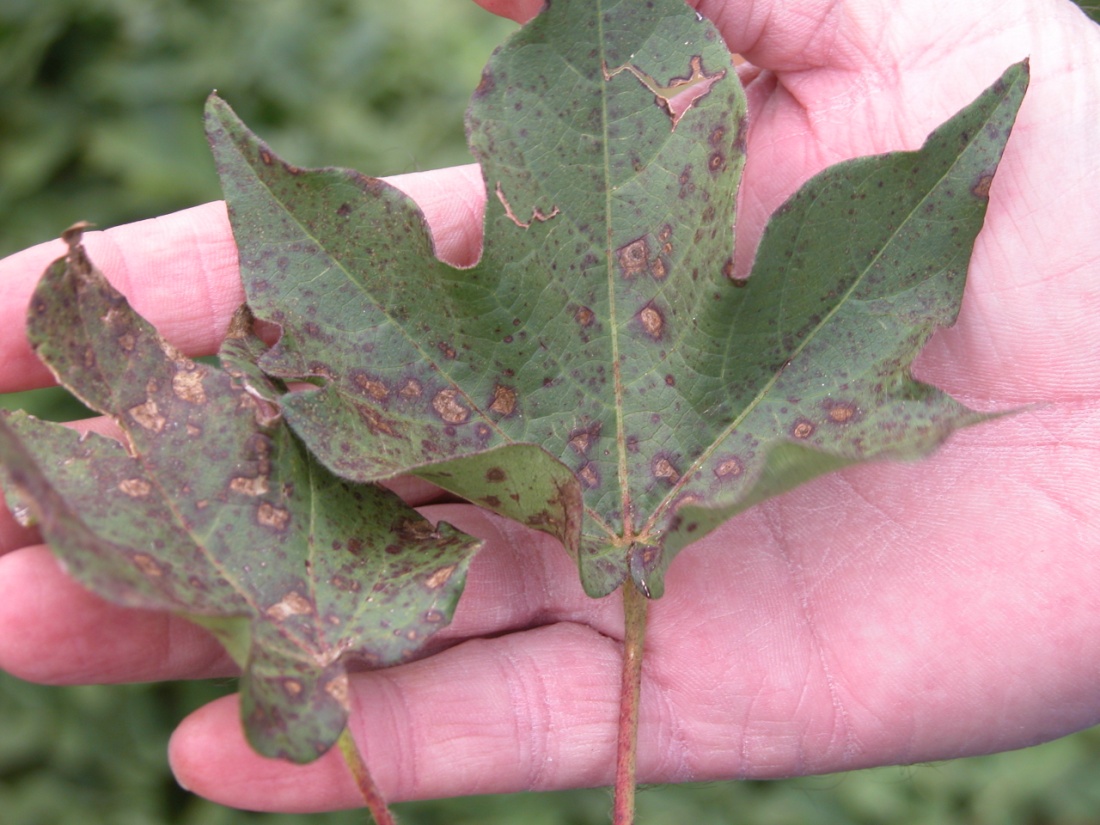
These are the diseases that create spots on the leaves of the cotton plant. As it progresses, the spots would be spread and turn necrotic.
If your plant deal with potassium deficiency, this issue may appear. It is important to make sure the plants well-watered and well-fed. Hence, these care tips will avoid these diseases.
Cotton Root Rot
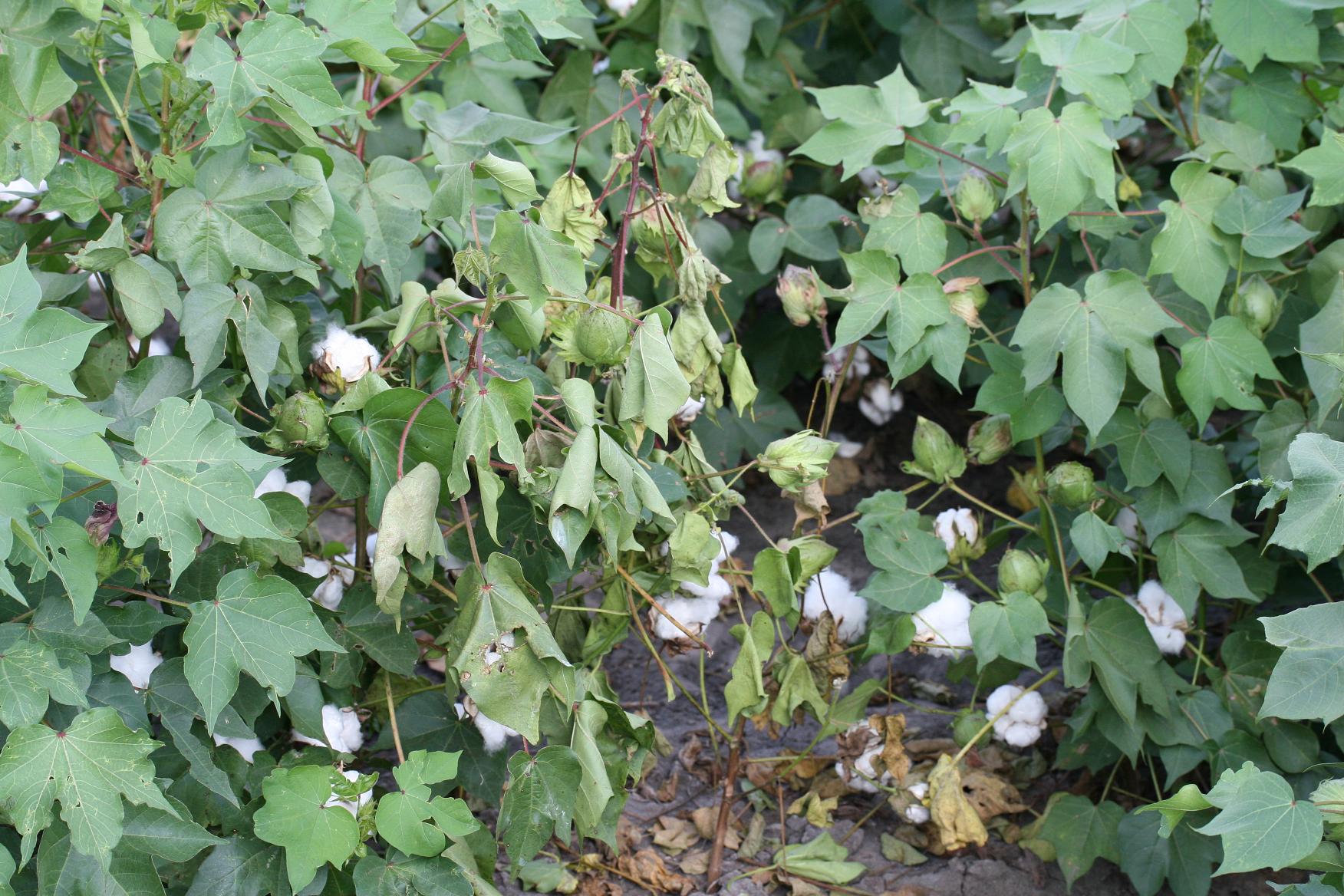
This problem also often occurs in the cotton plant during the summer season. It would make the leaves wilt and kill the plants. Thus, you can try to plant a sorghum barrier to help to avoid the problems.
Conclusion
By reading all of that information and knowledge about growing cotton, you will be ready for the challenge.
Above all, there is no need to find any other tutorials on how to grow cotton from other sources. We have covered all of the things you need here.